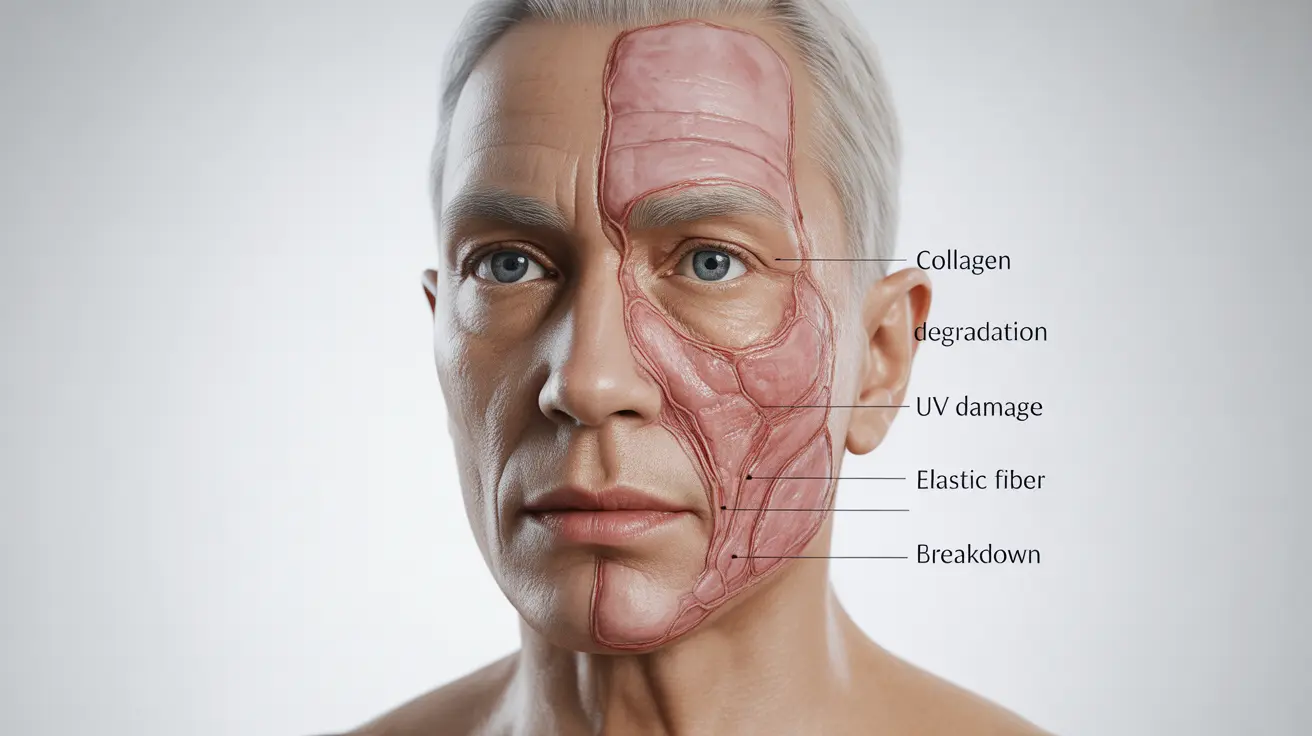Smile lines, also known as nasolabial folds, are a natural part of facial aging that develop from the sides of the nose to the corners of the mouth. While they're a sign of a life filled with joyful expressions, many people seek ways to minimize their appearance. This comprehensive guide explores both professional treatments and preventive measures for managing smile lines effectively.
Understanding Smile Lines and Their Causes
Smile lines develop naturally as we age due to the loss of collagen and elastin in our skin, combined with repeated facial movements. These creases become more pronounced over time as our skin loses its natural ability to bounce back from repeated expressions. While genetics play a significant role, various environmental and lifestyle factors can accelerate their formation.
Professional Treatment Options
Injectable Dermal Fillers
Dermal fillers are among the most popular and effective treatments for smile lines. These injectable treatments work by restoring volume beneath the folds, creating a smoother appearance that can last 6-18 months depending on the product used.
Laser Treatments and Microneedling
Both laser resurfacing and microneedling offer significant benefits for treating smile lines by stimulating collagen production. Laser treatments use focused light energy to remove damaged skin layers, while microneedling creates tiny punctures that trigger the skin's natural healing response.
At-Home Prevention and Treatment
Topical Solutions
Several over-the-counter products can help prevent and minimize the appearance of smile lines:
- Retinol creams for collagen stimulation
- Vitamin C serums for antioxidant protection
- Peptide-rich moisturizers for skin firmness
- Hyaluronic acid products for hydration
Lifestyle Modifications
Making certain lifestyle changes can significantly impact the development and appearance of smile lines:
- Maintaining proper hydration
- Using broad-spectrum sunscreen daily
- Getting adequate sleep
- Following a nutrient-rich diet
- Avoiding smoking and excessive alcohol consumption
Frequently Asked Questions
What are the best treatments to reduce the appearance of smile lines, and how long do results last?
The most effective treatments include dermal fillers (lasting 6-18 months), laser resurfacing (results can last several years with proper skin care), and microneedling (requiring periodic maintenance treatments). The longevity of results varies based on the treatment type and individual factors.
Are injectable fillers like Juvederm or Restylane safe, and what are the possible side effects?
FDA-approved fillers are generally safe when administered by qualified professionals. Common side effects include temporary swelling, bruising, and tenderness at injection sites. Serious complications are rare but can include infection, asymmetry, or vascular occlusion.
Can you prevent smile lines from deepening using retinol creams, vitamin C serums, or at-home light devices?
Yes, these products can help prevent deepening of smile lines. Retinol stimulates collagen production, vitamin C provides antioxidant protection, and at-home light devices can help maintain skin firmness. However, results are gradual and require consistent use.
How do laser resurfacing and microneedling compare to fillers for smoothing smile lines, and what is the recovery like?
While fillers provide immediate volume, laser resurfacing and microneedling work by stimulating natural collagen production. Laser treatment typically requires 5-7 days of recovery, while microneedling needs 2-3 days. Both treatments may need multiple sessions for optimal results.
Do lifestyle factors like sun exposure, smoking, or dehydration really make smile lines worse, and what habits help keep them less noticeable?
Yes, these factors significantly impact smile line formation. Sun damage breaks down collagen, smoking reduces skin elasticity, and dehydration makes lines more prominent. Protective habits include using sunscreen daily, staying well-hydrated, maintaining a healthy diet, and avoiding smoking.




